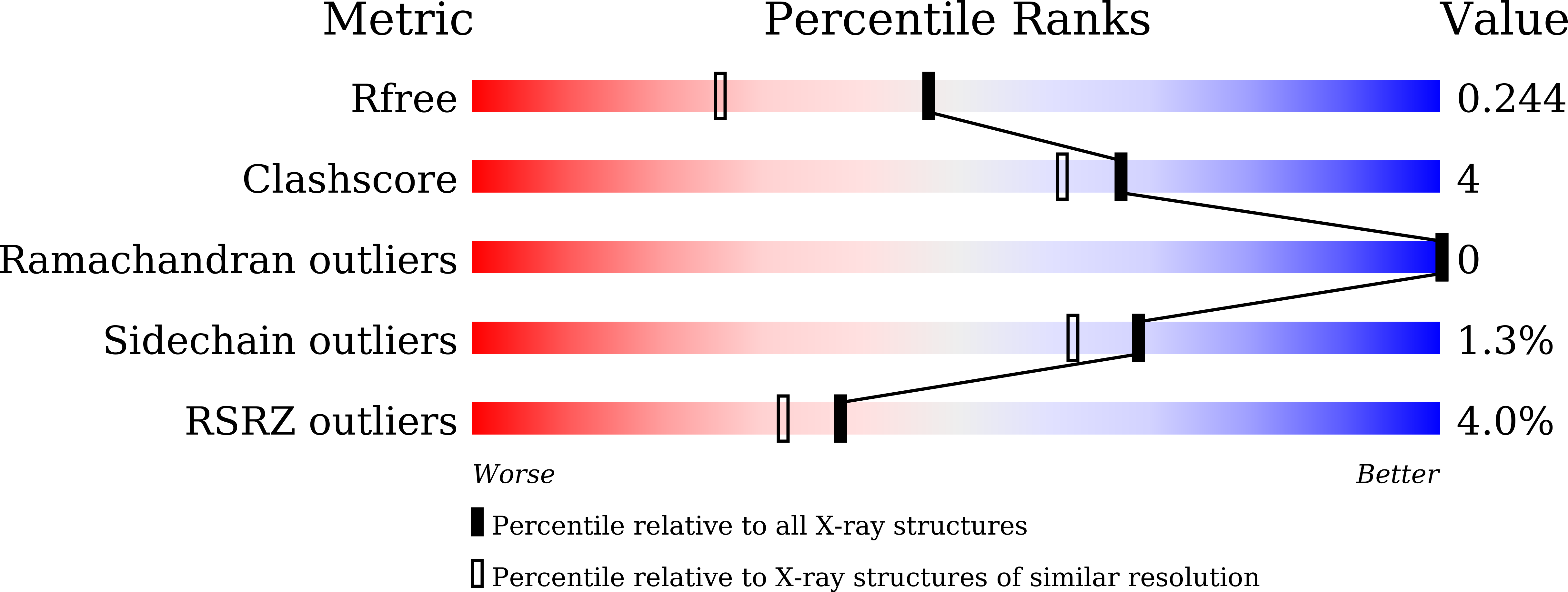
Deposition Date
2022-09-09
Release Date
2023-09-13
Last Version Date
2024-05-08
Entry Detail
PDB ID:
8GTY
Keywords:
Title:
Crystal structure of exopolyphosphatase (PPX) from Zymomonas mobilis in complex with magnesium ions
Biological Source:
Source Organism:
Host Organism:
Method Details:
Experimental Method:
Resolution:
1.80 Å
R-Value Free:
0.24
R-Value Work:
0.19
Space Group:
C 1 2 1


